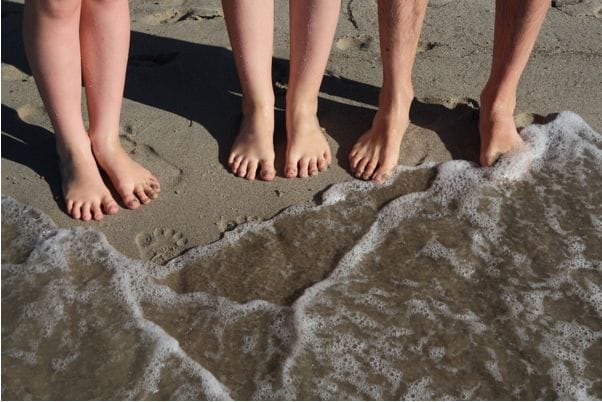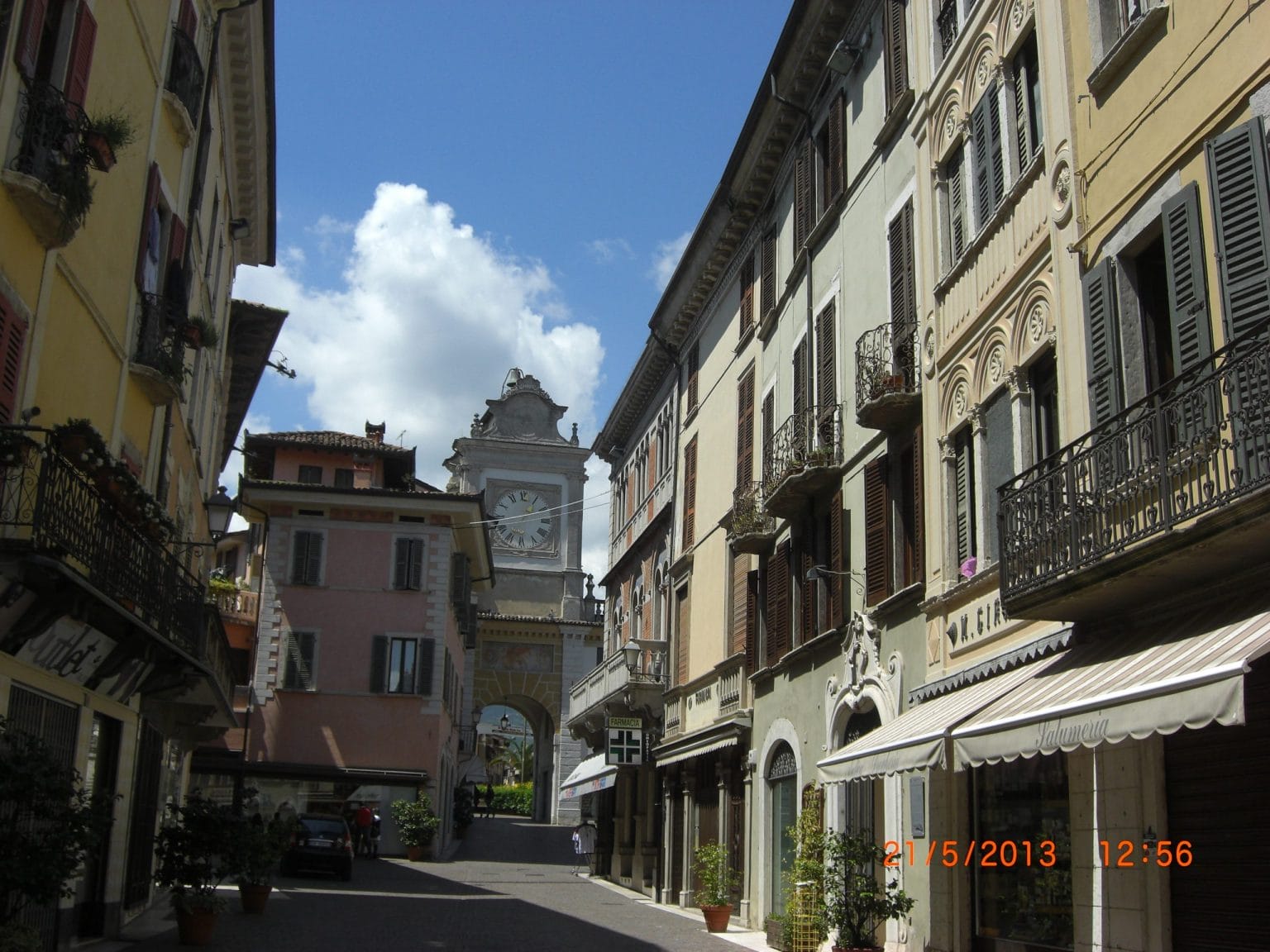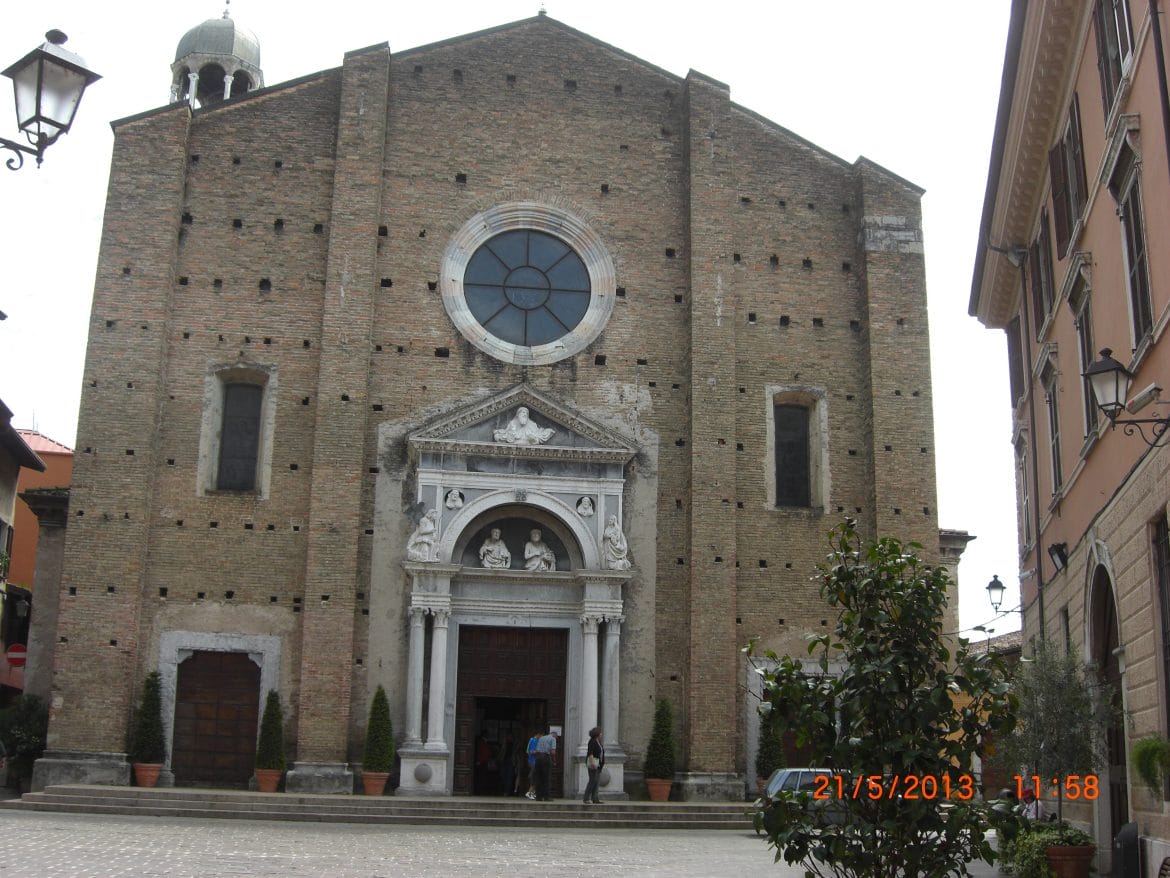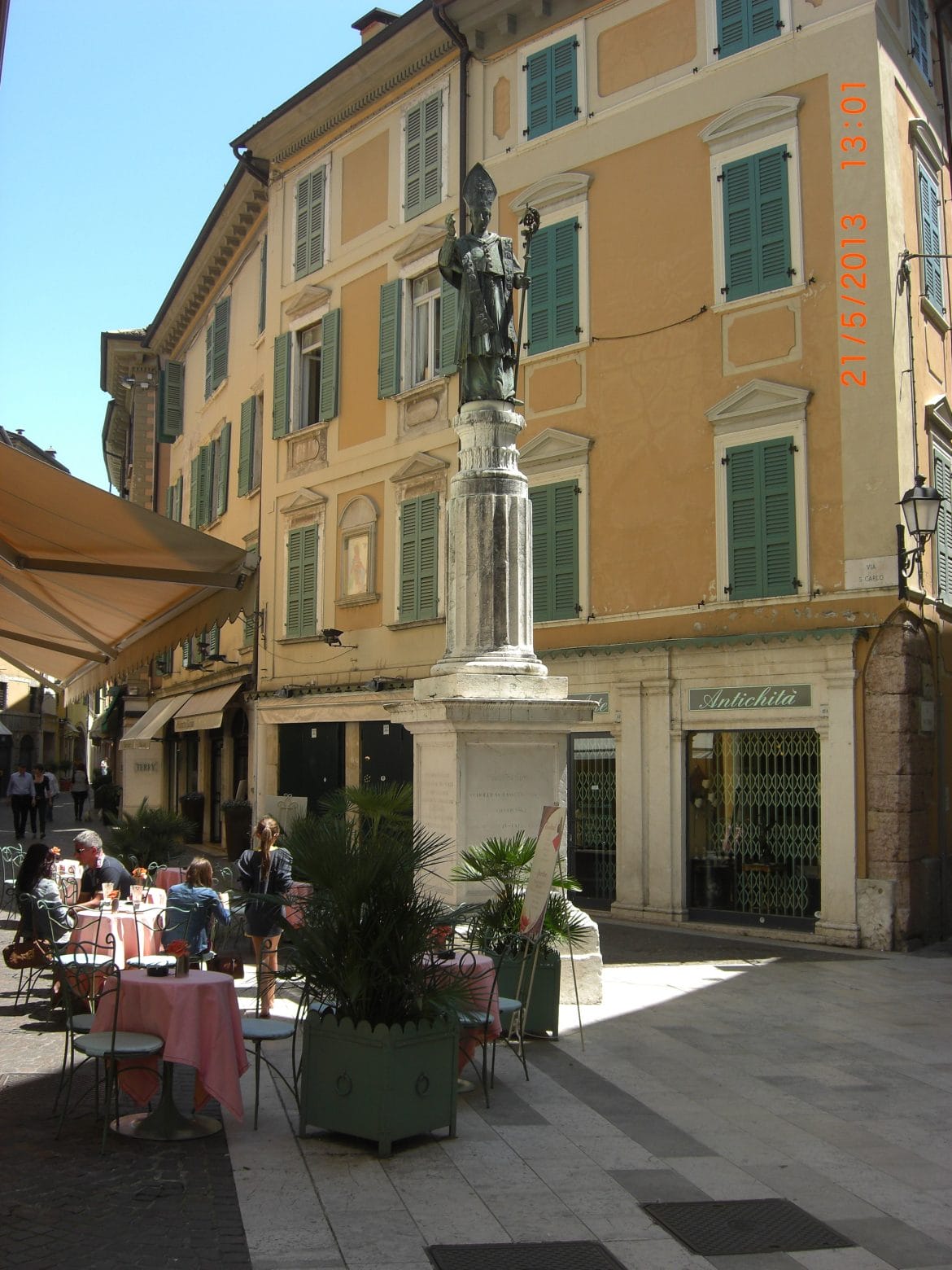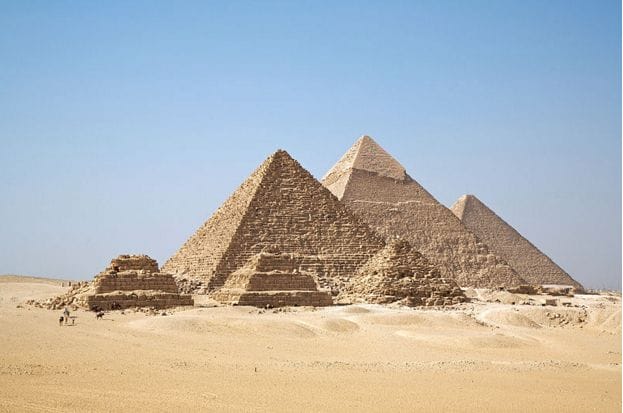Stylish Salò lies in a scenic bay on the western shore of Lake Garda. Protected from northerly winds it enjoys a mild climate and an early spring. Tourism fits seamlessly into the life of Salò, thankfully not overwhelming its ambience and character.
Brief History
Its history can be traced back to Roman times, although a colourful local legend associates its origin with the son of Osiris. In the middle ages it was the important administrative centre of the Riviera Community, whose prosperity was based on traffic and commerce. From 1426 to 1797, although under the dominion of the Venetian Republic, it enjoyed significant autonomy and remained the capital of the Riviera Community. In September 1943, as the Second World War moved inexorably towards its conclusion, Benito Mussolini created the Social Republic of Italy between Salò and Gargnano, and named Salò the Capital of Italy. Today Salò heads the league of municipalities for income, services and quality of life.
Getting there
Salò is accessible by public transport, either by ferry or by the bus service that runs between Riva del Garda and Desenzano (stopping points include Limone, Gargnano, Gardone and Moniga). But inevitably it is the approach by ferry that reveals Salò in all its glory, resting between the turquoise lake and the green slopes of Mt. San. Bartolomeo.
If you arrive by car you may have some difficulty finding a free parking space in the city centre.
The promenade
From the ferry you disembark on to a wide and most elegant promenade. Ahead of you is the Piazza della Vittoria and the Palace of the Magnifica Patria (the Town Hall) – a striking historic building with arcades and fronted by meticulously positioned palm trees. The promenade, the longest on Lake Garda, is lined with restaurants, cafés and occasionally opens into an eye-catching piazza. A new walkway, wooden in stretches, extends the promenade to 3 km, allowing you to walk around the gulf.
By the side of the promenade, not far from the city centre, there is a statue of Gasparo Bertoni (1725-1815) the ‘inventor of the violin’ and a prominent figure in Salò’s rich cultural history. A ‘Gasparo da Salò’ festival is held each summer, attracting internationally acclaimed musicians.
Cathedral
If you intend to visit the Duomo di Santa Maria Annunziata, the city’s most important monument, you need to keep an eye on the time, as it is closed from 12pm to 3.30pm. This 15th century Late Gothic cathedral may have, apart from its detailed Renaissance portal, a somewhat unprepossessing façade, but inside there is a treasure trove of fine art.
Canvasses by Zenon Veronese and Girolamo Romanino
Frescoes by Palma il Giovane and il Malosso
A polytych by Guglielmo Veneziano
A gilded altar piece by Bartolomeo da Isola Dovarese and Pietro Bussolo
A tabernacle by G. M. Pellone.
A stroll across the city
Close to the Duomo, at the end of via Fantoni, is the Carmine Gate – a 15th century structure that was restored in 1903. This is a good starting point for a walk that traverses the city. As you amble down the narrow, cobbled, tranquil via Fantoni you may notice a blue wall plaque, which explains in four languages, including English, the origin and name of the small district or ‘contrada’ that surrounds you. There are 20 of these scattered around the city. 49 via Fantoni is a palazzo, housing the Museo del Nastro Azzuro – a military museum.
Soon you reach Piazza della Vittoria, with its cafés, occasional gift shops and ferry stop. Straight ahead lies the via Butturin, the main shopping street, which runs parallel to the promenade. Here you will find up-market clothes shops, antique shops and a few cafés. Via Butturin joins via San Carlo, which leads to Piazza Zanelli, taking you past the Chiesa San Giovanni Decollato and ending at the impressive Porta del’ Orologio – the ancient clock gate.
History, culture and beauty abound around Lake Garda: Salò offers the day visitor all of these plus an ambience of Italian ‘cool’. It also offers more active visitors the opportunity for water sports and exhilarating walks on the slopes of Mt. San Bartolomeo.

